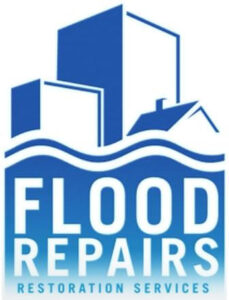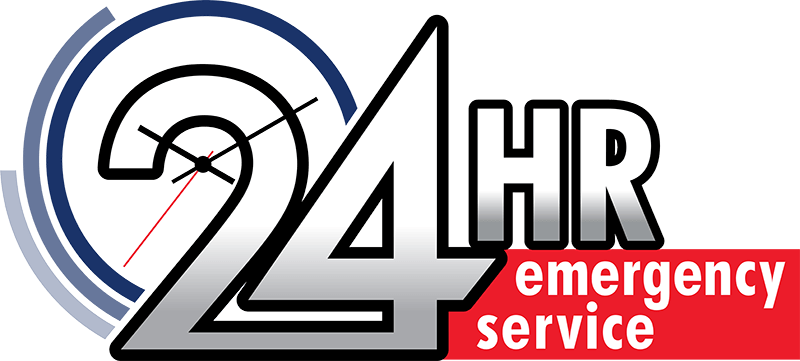Mold Removal Service 888-349-2564 Testing & Remediation
Mold Removal Service
 Mold removal service and testing is available in Los Angeles, San Diego, Orange, Riverside and San Francisco counties. Molds are simple, microscopic organisms present virtually everywhere, indoors and outdoors. Molds, including all mushrooms and yeast, are fungi and are needed to break down dead material and recycle nutrients in the environment. Molds to grow and reproduce need organic materials as a food source; including leaves, wood, paper and insulation. Add heat and humidity above 50% and you have happy mold that proliferates rapidly.
Mold removal service and testing is available in Los Angeles, San Diego, Orange, Riverside and San Francisco counties. Molds are simple, microscopic organisms present virtually everywhere, indoors and outdoors. Molds, including all mushrooms and yeast, are fungi and are needed to break down dead material and recycle nutrients in the environment. Molds to grow and reproduce need organic materials as a food source; including leaves, wood, paper and insulation. Add heat and humidity above 50% and you have happy mold that proliferates rapidly.
Because molds grow by digesting organic material, what molds ingest is eventually destroyed. Molds release innumerable lightweight spores, which in most instances eventually become airborne and travel to other destinations. These destinations then can become mold infested and sometimes toxic.
- San Diego Water Removal
- Structural Drying
- Desiccant Drying
- Mold Mitigation
- Board Ups & Cover
- Fire Damage Restoration
- Direct Insurance Billing
- Sewage Backup Cleaning
- Sewage Decontamination
- Carpet Cleaning
- Leak Detection
- Hardwood Floor Restoration
- Indoor Air Quality Testing
- Thermal Imaging
- Antimicrobial Treatments
- Sanitation & Deodorization
- Damage Assessment
- Contents Pack-out
- Complete Damage Repairs
- Flood Restoration
- Removal of Property
Mold Removal Service 24/7
Negative Health Effects of Mold
Molds produce negative health effects through inflammation, allergy or infection. Allergic reactions, including fever, are common after mold exposure. Symptoms of those exposed to toxic molds which issue mycotoxins both individually or in combination are:
Immune system suppression
Respiratory problems including asthma and infections
Eye irritation with burning, watery or reddened eyes
Cough – dry and hacking
Nose or throat irritation or both
Skin rashes or irritation
Memory impairment
Irritable bowel syndrome
Body aches and pain (Chronic Fatigue)
Food Intolerances and allergies
Headaches
Mood swings
Nasal and sinus congestion
What Molds are Hazardous?
Mold Removal Service 365
The most common indoor molds are Cladosporium, Penicillium, Aspergillus and Alternaria. Stachybotrys (pronounced “stacky-bow-triss”) chartarum, known as “black mold,” is not uncommon and certainly not rare. Stachybotrys may produce compounds that have toxic properties known as mycotoxins. Mycotoxins are produced depending on what the mold is growing on, conditions such as temperature, pH and humidity. Mycotoxins can appear in both living and dead mold spores.
While Stachybotrys is growing, a wet slime layer overlays the spores, preventing them from becoming airborne. When the mold dies and dries, air currents or handling can cause spores to become airborne. Stachybotrys chartarum (also known as Stachybotrys atra) is a greenish-black mold that can grow on material with a high cellulose and low nitrogen content, such as fiberboard, gypsum board, paper, dust and lint. Growth occurs when there is moisture from water damage, excessive humidity, water leaks, condensation, water infiltration, flooding or a combination of the above. Constant moisture is required for growth.
Mold Removal Service & How Do We Know If Toxic Mold Is Present?
If you can see or smell mold inside your home, office or school, take steps to eliminate the excess moisture and to safely clean up and remove the mold. You may also suspect mold contamination if mold-allergic individuals express mold health problem symptoms, even if mold is not visible. Be aware mold infestation may be hiding underneath or behind water-damaged surfaces or behind walls and ceilings.
Reliable air sampling for mold is expensive and requires specialized expertise and equipment not available to the general public. A call to your local health authorities will bring referrals to area mold specialist who can determine toxicity. However, all molds should be treated the same with respect to potential health risks and removal. Be safe, not sorry!
Who Is Most At Risk From Toxic Mold Exposure?
For some people, a small amount of mold spores can create health problems, particularly asthma and respiratory ailments, while others can tolerate an extremely high amount of spores prior to ill effects. Those most susceptible to mold health problems are individuals with existing respiratory conditions.
Persons with weakened and suppressed immune systems, particularly those in treatments such as chemotherapy and the elderly, are at higher risk. Infants and young children likewise are more susceptible to serious health problems from mycotoxin exposure. Anyone with health problems believed due to mold infestation and exposure should seek professional medical assistance immediately.
If you suspect you are ill due to exposure to mold in a building, you should probably vacate the home or building, at minimum until the cause and presence of mold is evaluated and removed, if necessary by professionals. Mold removal service is a must !
There are thousands of known species of molds, which include opportunistic pathogens, saprotrophs, aquatic species, and thermophiles. Like all fungi, molds derive energy not through photosynthesis but from the organic matter in which they live. Typically, molds secrete hydrolytic enzymes, mainly from the hyphal tips. These enzymes degrade complex biopolymers such as starch, cellulose and lignin into simpler substances which can be absorbed by the hyphae. In this way, molds play a major role in causing decomposition of organic material, enabling the recycling of nutrients throughout ecosystems. Many molds also secrete mycotoxins which, together with hydrolytic enzymes, inhibit the growth of competing microorganisms.
Molds reproduce through small spores, which may contain a single nucleus or be multinucleate. Some can remain airborne indefinitely, and many are able to survive extremes of temperature and pressure.
Although molds grow on dead organic matter everywhere in nature, their presence is only visible to the unaided eye when mold colonies grow. A mold colony does not comprise discrete organisms, but an interconnected network of hyphae called a mycelium. Nutrients and in some cases organelles may be transported throughout the mycelium. In artificial environments like buildings, humidity and temperature are often stable enough to foster the growth of mold colonies, commonly seen as a downy or furry coating growing on food or other surfaces.
Many molds can begin growing at 4 °C (39 °F), the temperature within a typical refrigerator, or less. When conditions do not enable growth, molds may remain alive in a dormant state depending on the species, within a large range of temperatures before they die. The many different mold species vary enormously in their tolerance to temperature and humidity extremes. Certain molds can survive harsh conditions such as the snow-covered soils of Antarctica, refrigeration, highly acidic solvents, and even petroleum products such as jet fuel.
Xerophilic molds use the humidity in the air as their only water source; other molds need more moisture. Mold has a musty odor. Mold removal service may be needed.
Molds are ubiquitous in nature, and mold spores are a common component of household and workplace dust. However, when mold spores are present in large quantities, they can present a health hazard to humans, potentially causing allergic reactions and respiratory problems.
Some molds also produce mycotoxins that can pose serious health risks to humans and animals. Some studies claim that exposure to high levels of mycotoxins can lead to neurological problems and in some cases death. Prolonged exposure, e.g. daily workplace exposure, may be particularly harmful. Research on the health effects of mold has not been conclusive. The term “toxic mold” refers to molds that produce mycotoxins, such as Stachybotrys chartarum, and not to all molds in general.
Mold in the home can usually be found in damp, dark or steam filled areas e.g. bathroom or kitchen, cluttered storage areas, recently flooded areas, basement areas, plumbing spaces, areas with poor ventilation and outdoors in humid environments. Symptoms caused by mold allergy are watery, itchy eyes, a chronic cough, headaches or migraines, difficulty breathing, rashes, tiredness, sinus problems, nasal blockage and frequent sneezing. In extremely rare cases, over-exposure to mold may result in bucal mold growth leading to death by asphyxiation.
Common molds: Acremonium, Aspergillus, Cladosporium, Fusarium, Mucor, Penicillium,
Rhizopus, Stachybotrys, Trichoderma
water damage restoration emergency flood service Mold Testing & Removal

